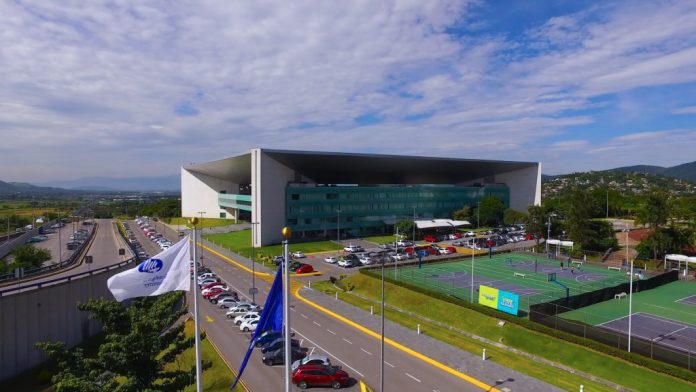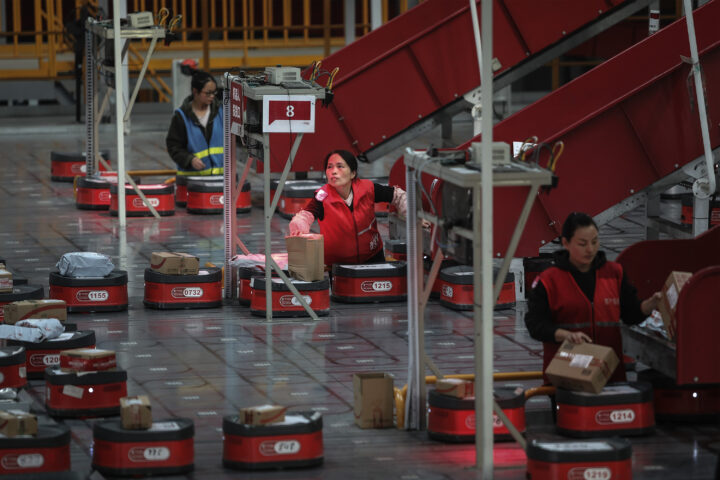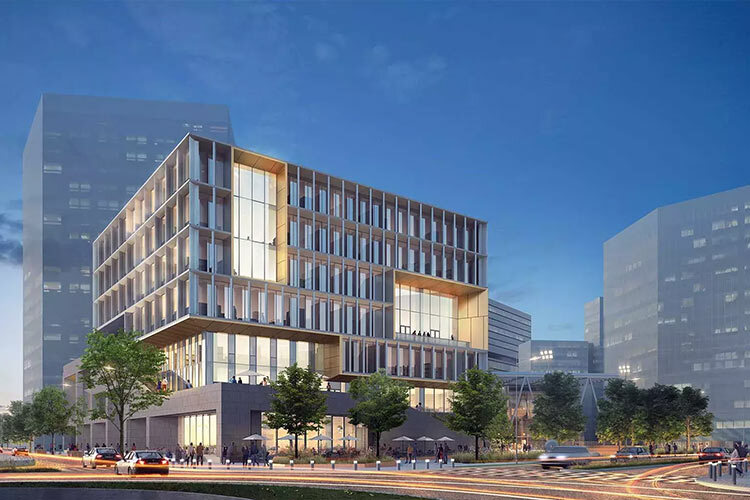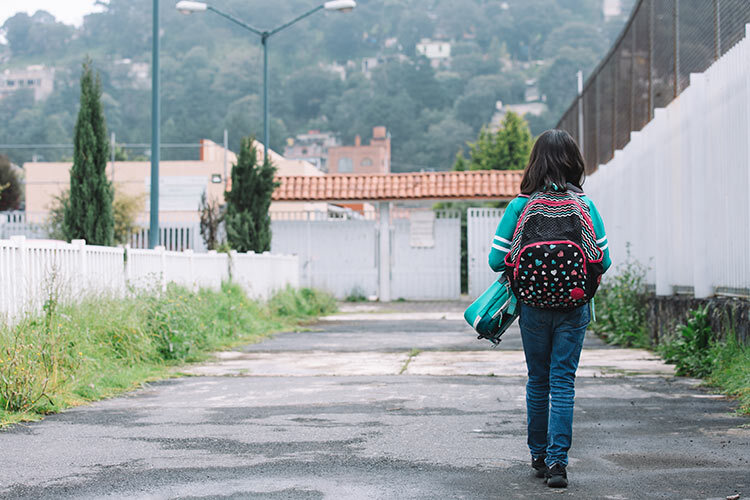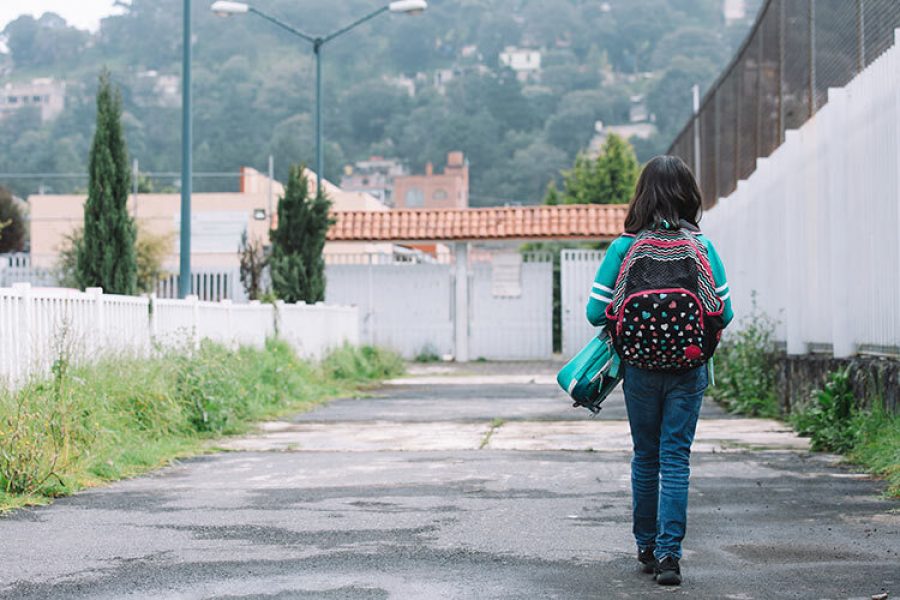Globally, the water crisis worsens every day. Around 25% of the global population doesn’t have access to drinking water and millions of people suffer from shortages of this much-needed resource. The problem is even worse in the cities and solving it will require many hands and minds.
At the Editors’ Conclave: Global Rise of Thirsty Cities event, held on June 23, 2023, at Tec de Monterrey, Campus Monterrey, editors from the prestigious publishing house Elsevier spoke with researchers from the institution about the challenges and opportunities within cities to deal with water problems.
In the panel Talking about the challenges and opportunities of urban natural resources security, moderated by Aldo Ramírez, research professor and director of the Water Center, researchers Rob Roggema, Manish Kumar and Frank Loge, who belong to the Faculty of Excellence initiative, as well as like Sheila Ferniza talked from their own perspectives and thought together about possible solutions.
The challenges of the water crisis
In the first round of the conversation, the experts discussed what are the biggest challenges that Latin American cities face to use water responsibly and efficiently.
According to Frank Loge, research professor at the School of Engineering and Sciences, one problem is that in cities the demand for water exceeds supply. To solve this, it is necessary to reduce the use in the houses, but this is complicated since people are not always willing to stop watering their gardens, reuse rainwater or flush the toilet less often.
On the other hand, Loge explained, one of the biggest failures in water supply systems today are pipe leaks, where more than 10% of the water available for use is lost. “I think the biggest issue here is the amount of information you need to know where the leaks are and how much water is being lost,” he said.
For Sheila Ferniza, professor of the B.A. in Urbanism, the problem lies in how we build cities. According to her, in Latin America, the development model is uncontrolled, and polluting and unnatural materials are used that complicate the possibility of having sustainable cities.
As cities spread out of control, the need to install pipes to bring water to users increases. “This makes it even more difficult for agencies to know if their pipelines are working well or not,” she said. The biggest challenge will be to change the way we think about cities and how much space we occupy.
In the eyes of Rob Roggema, a research professor at the School of Architecture, Art, and Design (EAAD), the challenge is to combat ignorance and communicate the sense of urgency of the crisis we are facing. Also, as humanity, we tend to see resources as a problem to be solved, if there is drought we don’t have enough, if there are floods we have too much.
On the other hand, it is difficult to appreciate and want to save a resource that we never see. “Much of Monterrey’s water system is hidden under the pavement,” he said.
To conclude, Manish Kumar, a research professor from the School of Engineering and Sciences, addressed the fact that many water bodies near cities are polluted, and despite the fact that there are programs to treat this water and make it drinkable, not all people are willing to drink it and use it.
The opportunities
Regarding solutions, according to experts there are multiple angles from which they can be proposed.
In the first place, it is essential to reuse rainwater locally, using it to supply places close to where it rained, previously treating it to make it drinkable. When a flood occurs, instead of immediately disposing of excess water, it should be reincorporated into the supply system.
Another option is to use regenerative design to take advantage of the infrastructure of cities that are already built, reincorporating the natural systems and species of each particular place so that cycles, such as water, can happen more easily.
In addition, “my suggestion is to completely redo the urban water system,” Roggema said. “We should make the water visible again.” With this, a culture of care and savings would be promoted, since the inhabitants of the cities would feel more involved with this liquid resource.
Also, the problem can be attacked from a social perspective, using different strategies to make people aware of their own use of water and encourage them to do so responsibly.
According to Loge, in California, an experiment was conducted where the water consumption of different houses was measured and then a simple text message was sent to its inhabitants, telling them how much water they were consuming and the damage it causes to their local ecosystem.
Adding smiley or sad emojis, depending on whether their consumption exceeded the recommended amount or not, respectively, they appealed to their emotional side. “With this strategy, they achieved a reduction of up to 10% in homes in the area,” he explained.
Another possibility would be to implant a biotic pump, where species of trees and plants are planted, as well as the type of soil forests’ have to create one artificially and promote a more humid environment that in turn generates winds and rain naturally.
“We have to think about nature-based solutions and whole ecosystems,” Kapur said.
For experts, we already have enough knowledge, what we need is to use it in combination with the new technologies available to us and remember that natural systems tend to have the most efficient solutions.
“The future hasn’t happened yet, so let’s think outside the box,” concluded Roggema.

